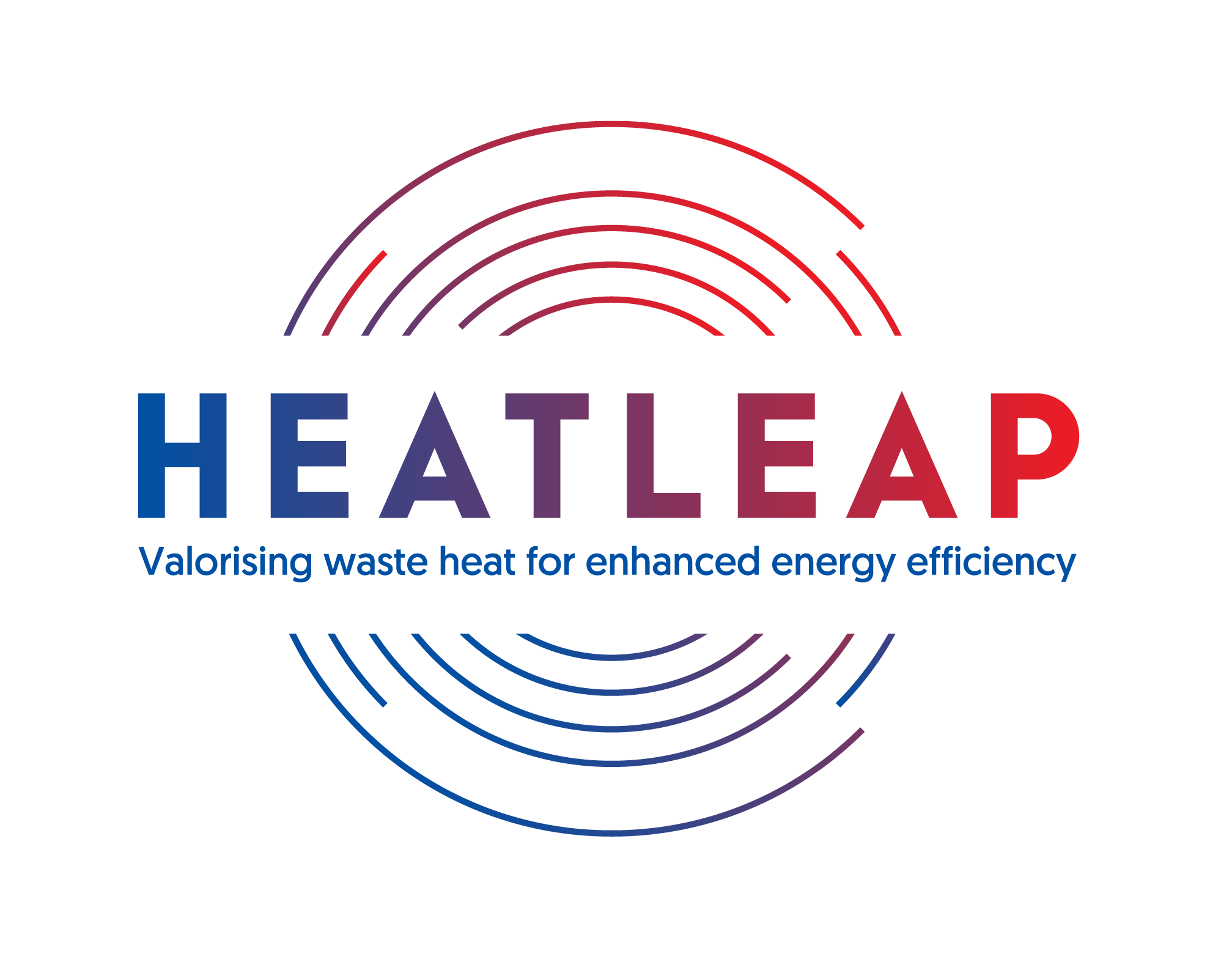Modular energy recovery and storage solution could
Energy-intensive industries produce large amounts of waste heat at high temperatures. A significant amount of this energy remains untapped. Europe could prevent million tonnes of CO2 emissions annually just by diverting waste heat from flue gases to increase the efficiency of countless industrial processes. A major challenge to recycling waste heat into energy is that industrial processes, such as ceramic production and aluminium recycling, are batch-based rather than continuous. As a result, energy must be recovered from an inconsistent source. Moreover, the hot waste gas released is likely to be highly corrosive, meaning the recovery technology has to be capable of withstanding aggressive substances. The EU-funded Smartrec project has pioneered the design of a modular system that recovers and manages waste heat from corrosive, contaminated and intermittent exhaust streams. The system integrating thermal energy recovery and storage should be able to capture 40 % of waste heat lost in industrial processes. The focus is on medium- and high-grade heat, which accounts for temperatures exceeding 100 °C. The idea is that this energy will then be available for either reuse by the same process or redistribution elsewhere within an industrial park.
Efficient heat transfer through heat pipe heat exchangers
The first part of the thermal recovery solution is the development of custom heat pipe technology for use in heat exchangers. Lisa Roby, project manager at Altek explains: “Heat pipe heat exchangers transfer energy from a hot waste heat stream to a cooler stream. Our technology differs from other heat exchangers in the sense that the heat is transferred through a number of heat pipes.” Each heat pipe is divided into three sections: the evaporator, the adiabatic (transport) and the condenser. Heat applied externally to the evaporator section is conducted through the pipe wall, where it vaporises the working fluid. The vapour pressure drives the evaporated fluid through the adiabatic section to the condenser. The vapour condenses back into liquid and flows back towards the heat source to continue transferring it. “A key benefit of our heat pipe technology is that the surfaces are isothermal (retain a constant temperature), thereby reducing susceptibility to corrosion that can be a serious issue in plate-based heat exchangers,” adds Roby.
The innovative thermal energy storage concept
Smartrec offers a one-stop solution for storing waste heat which involves partial replacement of the thermal fluid medium with a solid medium. This dual-media concept requires a single storage tank in which the hot fluid at the top is separated from the cold fluid at the bottom by a thermal gradient known as thermocline. “Compared with similar solutions, our thermocline device contains two thermal media – thermal oil passing through the device and stones (quartzites) held within. This helps improve thermal efficiency, requiring less storage material for a given thermal storage capacity,” explains Roby. Project partners are now working to refine their technologies for a subsequent demonstration in a pilot plant in Altek. If efforts succeed, “the 20 tonne/day capacity furnace for aluminium recycling could save 190 tonnes of CO2 emissions per year – this is equivalent to taking 42 cars off the road,” concludes Roby.


